Strict Traceability
Direct connections with the people of the West Indies production area
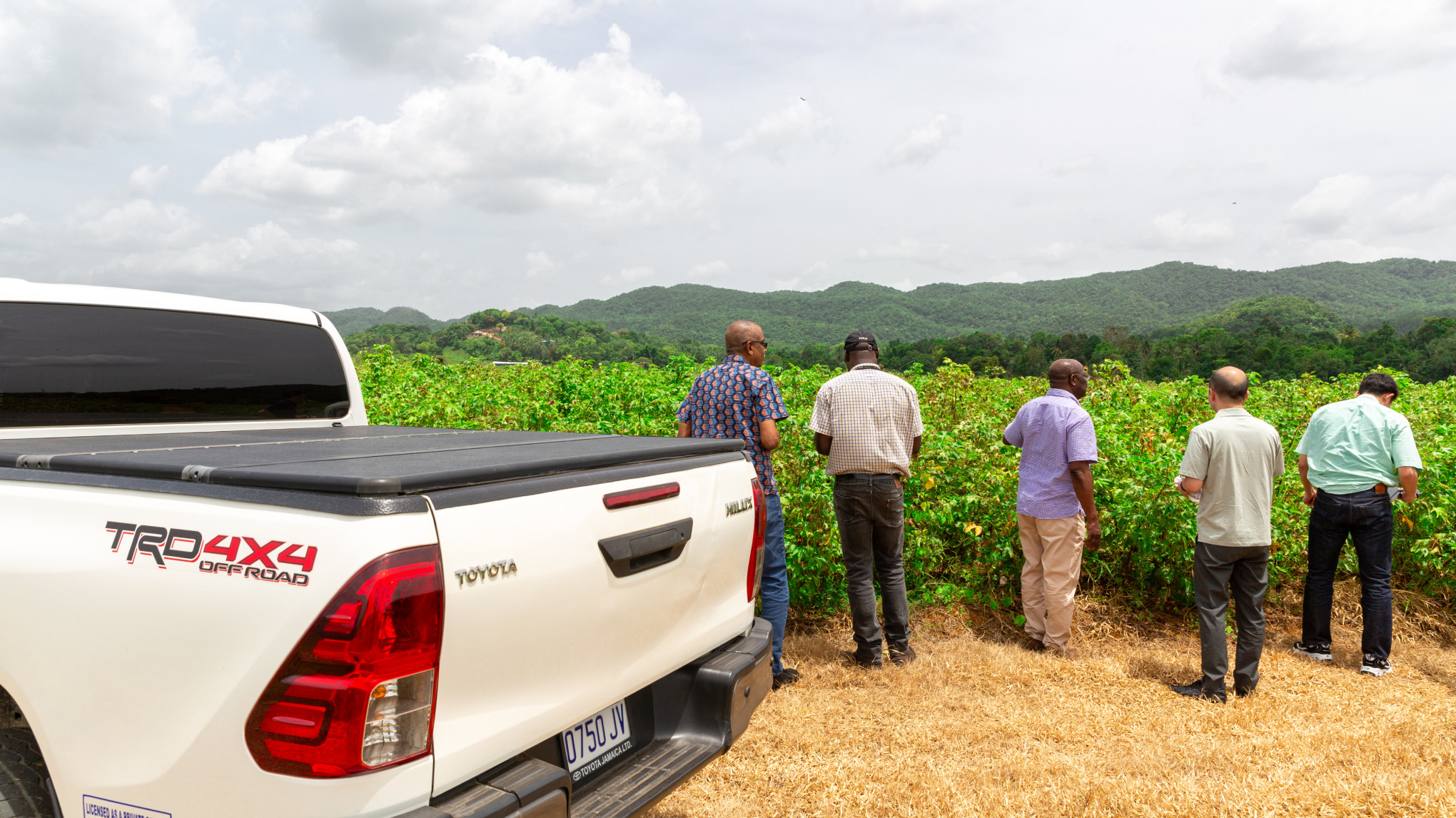
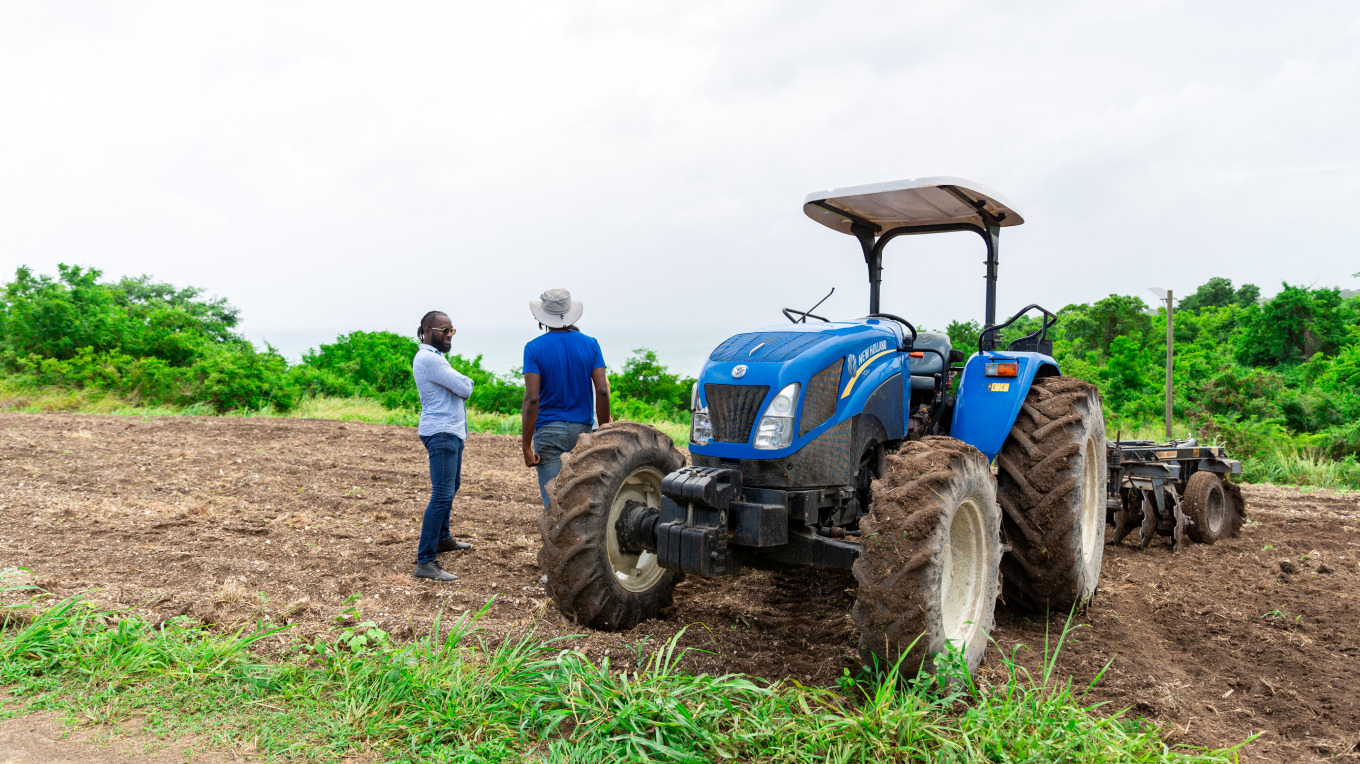
Direct connections with people in U.S. production areas
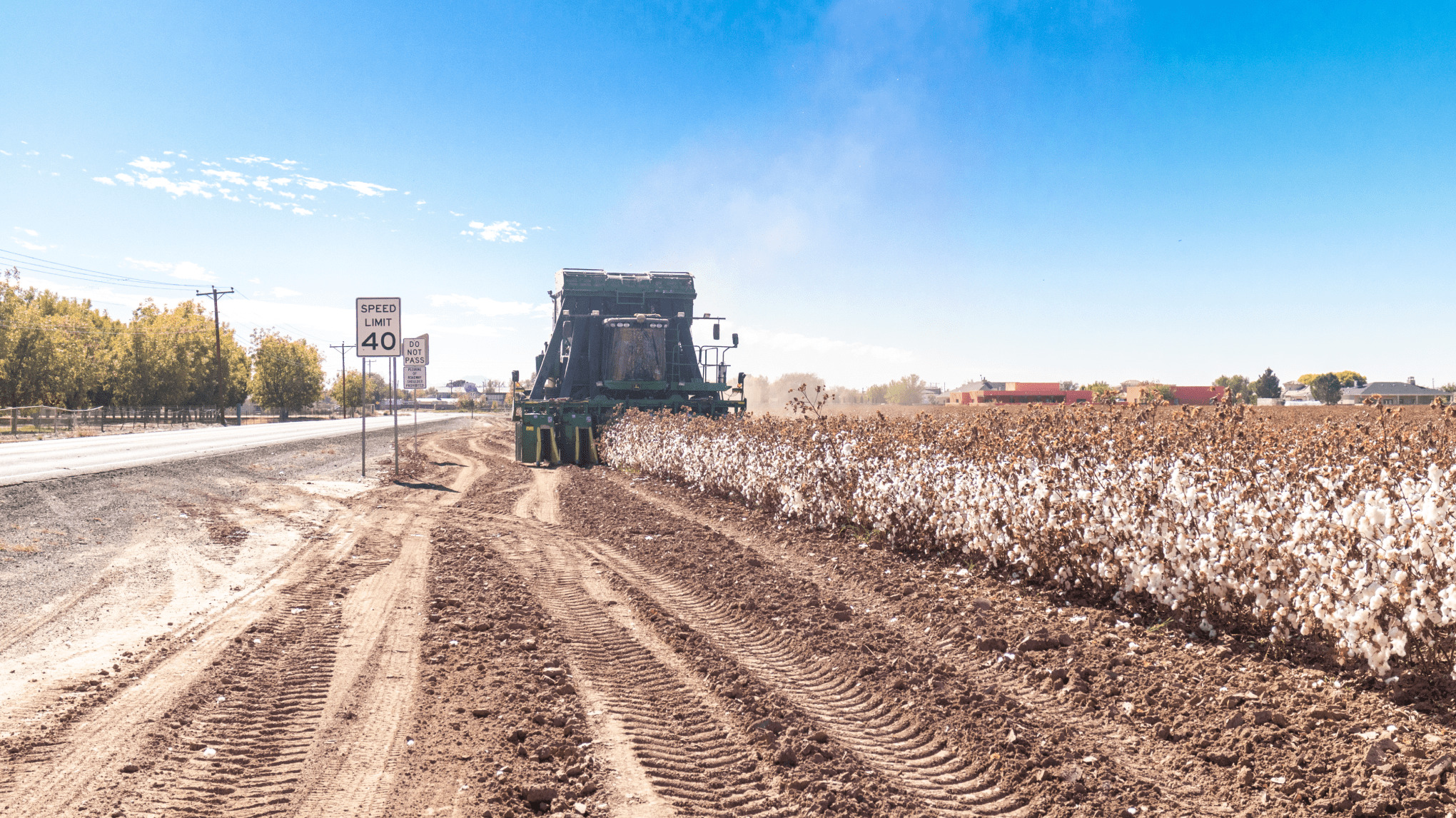
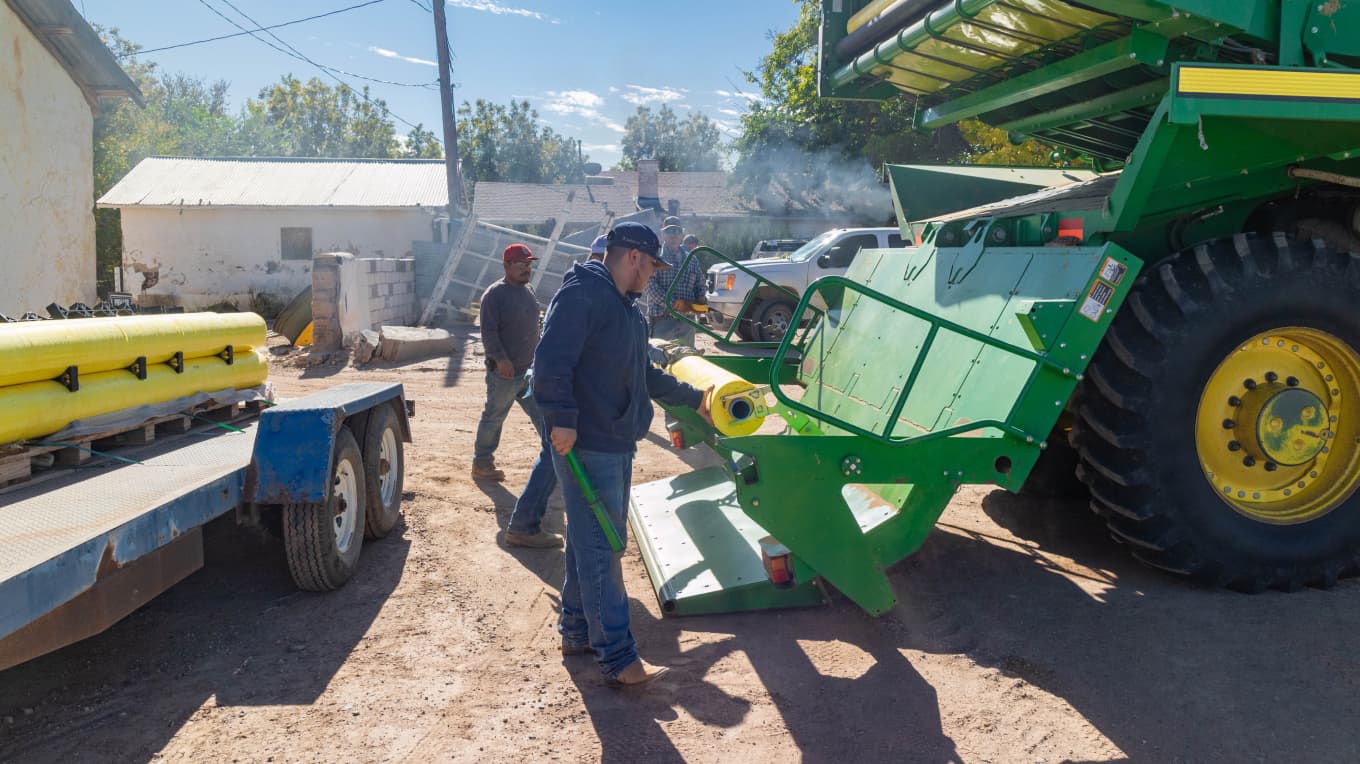
Their cultivation in the U.S. employs cutting-edge technology and adheres to the standards set forth by the US Cotton Trust Protocol, ensuring that environmental and social impacts are considered in their operations.
American Sea Island Cotton
- Project for the Revival with New Mexico State University
Commercial cultivation of Sea Island cotton in the United States commenced in the 18th century but was terminated in the early 20th century due to insect damage. It was the cotton research conducted at New Mexico State University that enabled the revival of this tradition in the 21st century. The culmination of nearly a decade of research and development in extra-long staple cotton seed is the American Sea Island Cotton seed that we now offer.
The Sea Island cotton tradition continues in El Paso, where three key factors converge: the Sea Island cotton seed, rich land and skilled farmers.
Joint Industry-Academia Project with Shinshu University
- Exploring the secrets of Sea Island cotton at the genetic level
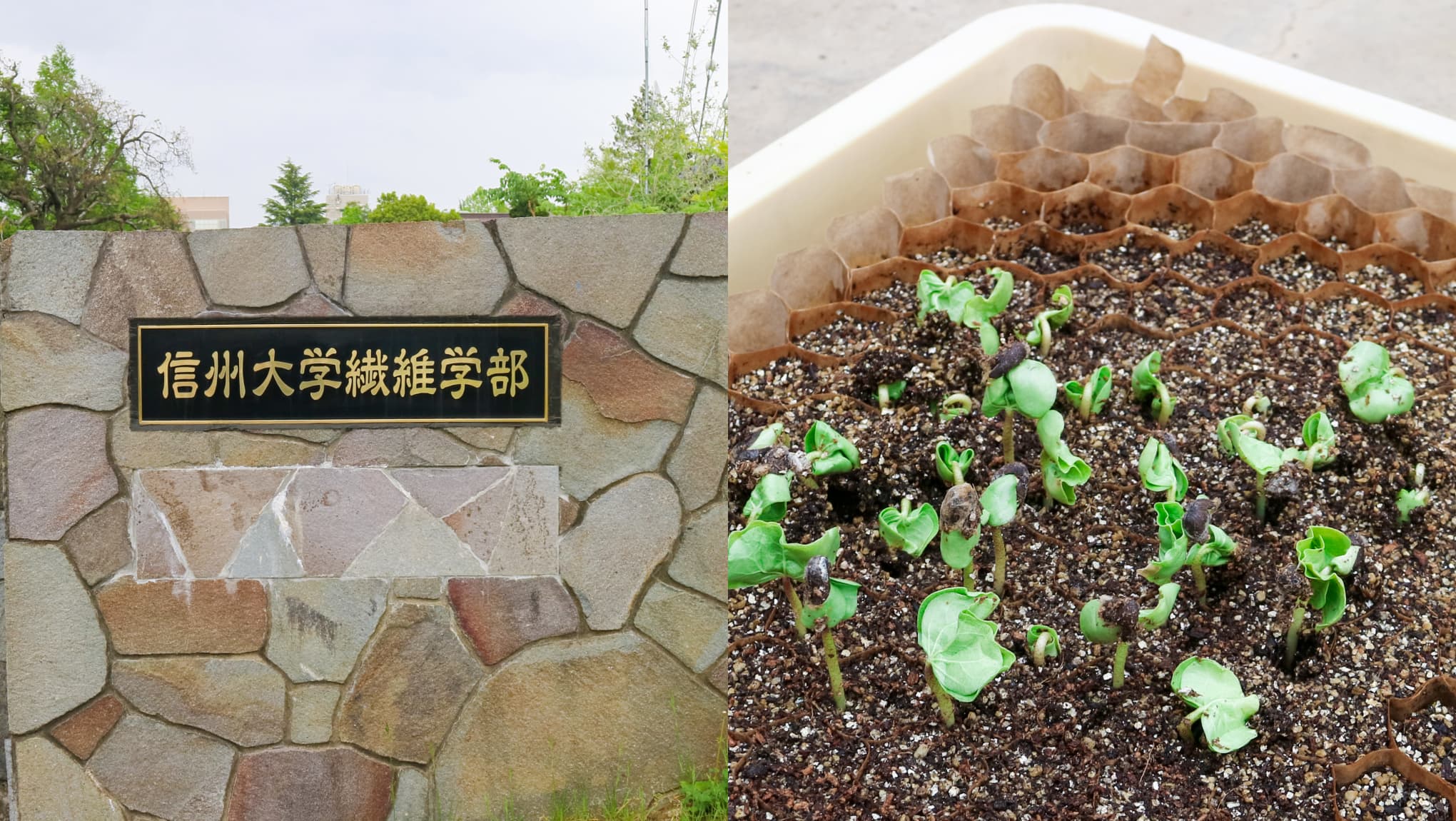
Furthermore, by identifying the genes that control the characteristics of Sea Island cotton, such as the long fiber length, we can improve the quality of the cotton through efficient seed selection.
